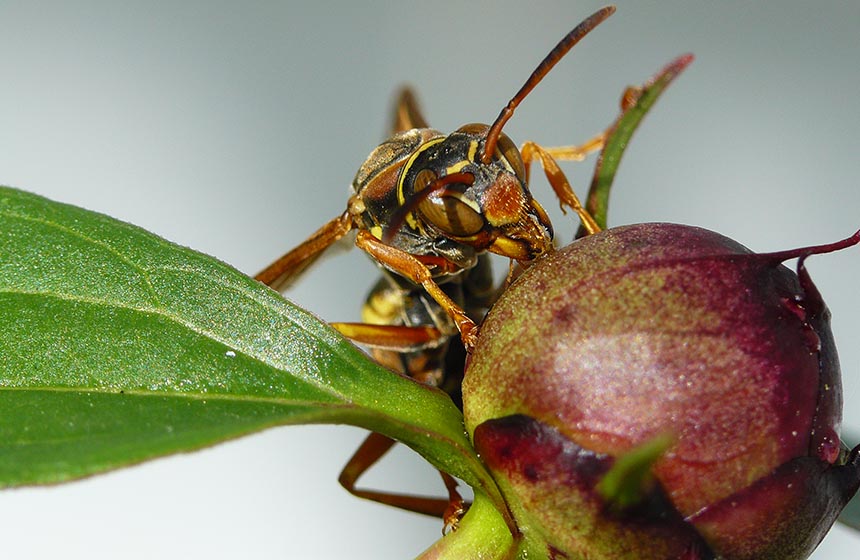Facial recognition changes a wasp’s brain

Paper wasps have a knack for recognizing faces, and a new study adds to our understanding of what that means in a wasp’s brain.
Most wasps of a given species look the same, but some species of paper wasp (Polistes sp.) display varied colors and markings. Recognizing these patterns is at the core of the wasps’ social interactions.
One species, Polistes fuscatus, is especially good at detecting differences in faces — even better than they are at detecting other patterns. To zero on the roots of this ability, biologist Ali Berens of Georgia Tech and her colleagues set up recognition exercises of faces and basic patterns for P. fuscatus wasps and P. metricus wasps — a species that doesn’t naturally recognize faces but can be trained to do so in the lab. After the training, scientists extracted DNA from the wasps’ brains and looked at which bits of DNA or genes were active.
The researchers found 237 genes that were at play only in P. fuscatus during facial recognition tests. A few of the genes have been linked to honeybee visual learning, and some correspond to brain signaling with the neurotransmitters serotonin and tachykinin. In the brain, picking up on faces goes beyond basic pattern learning, the researchers conclude June 14 in the Journal of Experimental Biology.
It’s possible that some of the same genes also play a broader role in how organisms such as humans and sheep tell one face from another.